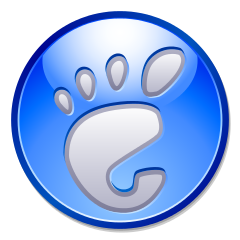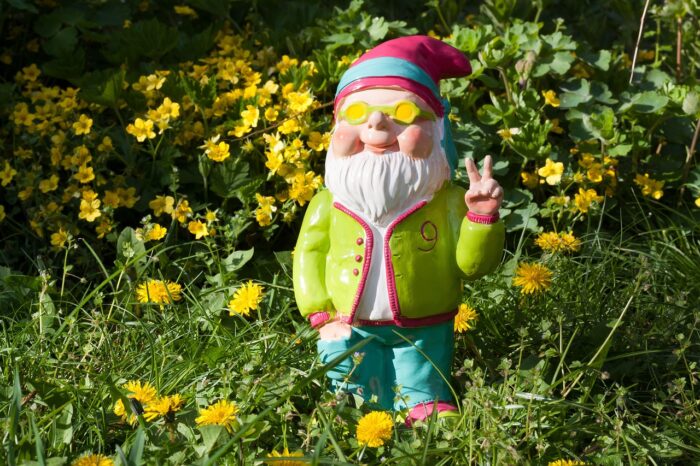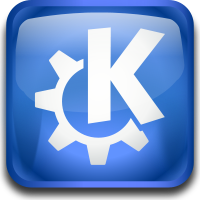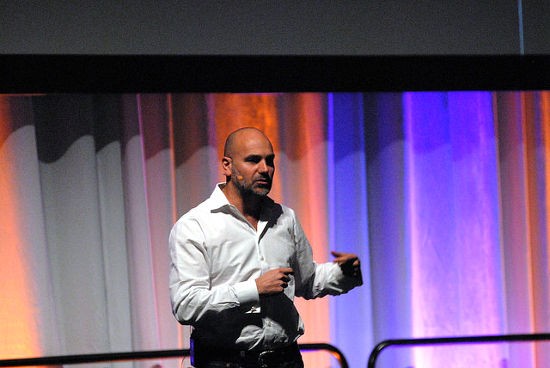None of the Gnome extensions that are in use now will work on Gnome 45 when it's released on September 20.
Posts tagged as “GNOME”
Xfce takes home the award for "Favorite Linux Desktop Environment." Coming in second in our poll was KDE Plasma, followed by Gnome and Cinnamon.
McGovern will have been in the position well over five years by the time a replacement is found and put in place -- the longest tenure of any executive director in the organization's history.
The user revolts against KDE 4, GNOME 3, and Unity have left desktop Linux developers with a fear of innovation, exactly when that's what's needed.
Eight years after the Gnome 2 desktop was replaced by Gnome 3, the older desktop environment remains one of the most used interfaces on desktop Linux.
The debate about whether KDE or GNOME is the better desktop environment for desktop Linux has been going on since before beginning of the 21st century. As with everything else in open source, it's really all just a matter of choice and what works better for you.
Also included: Red Hat opens Ansible Galaxy, Yakkety Yak ready for downloads, and KDE and GNOME both get minor point releases.
FOSS Week in Review
Like practically everybody else who resides in the U.S., I’ve just about had it up to here (I’m holding my hand high above the top of my head) with this election. At this point, I just want the whole mess to be over. After the winner has been decided and the dust has settled, I’ll decide whether I want to become an expat on another planet in another solar system. What kind of visa will I need for that, I wonder.
Meanwhile, I keep my mind occupied by following FOSS news…
Christine Hall has been a journalist since 1971. In 2001, she began writing a weekly consumer computer column and started covering Linux and FOSS in 2002 after making the switch to GNU/Linux. Follow her on Twitter: @BrideOfLinux
If GNOME hadn’t irked many users when it redesigned its approach to the desktop with GNOME 3, there would be fewer popular desktop environments for Linux.
I recently took my first look at GNOME 3. I’d played around with GNOME 2 a couple of times back in 2002 and 2003, not caring for it very much. This was in small part due to the fact that on Mandrake 9.X, GNOME was unstable and prone to crashing, but mainly because I found it wasn’t configurable enough for my taste. I stuck with KDE, which even back in the dark ages of the early 21st century was uber configurable.
 When the brouhaha exploded after the release of GNOME 3, I wasn’t much interested in having a look for myself. However, a few weeks back I finally got some hands-on experience when I wrote a review of Antergos, which I installed with GNOME, not so much because I wanted to give the DE a look but because it’s the distro’s default.
When the brouhaha exploded after the release of GNOME 3, I wasn’t much interested in having a look for myself. However, a few weeks back I finally got some hands-on experience when I wrote a review of Antergos, which I installed with GNOME, not so much because I wanted to give the DE a look but because it’s the distro’s default.
Christine Hall has been a journalist since 1971. In 2001, she began writing a weekly consumer computer column and started covering Linux and FOSS in 2002 after making the switch to GNU/Linux. Follow her on Twitter: @BrideOfLinux









